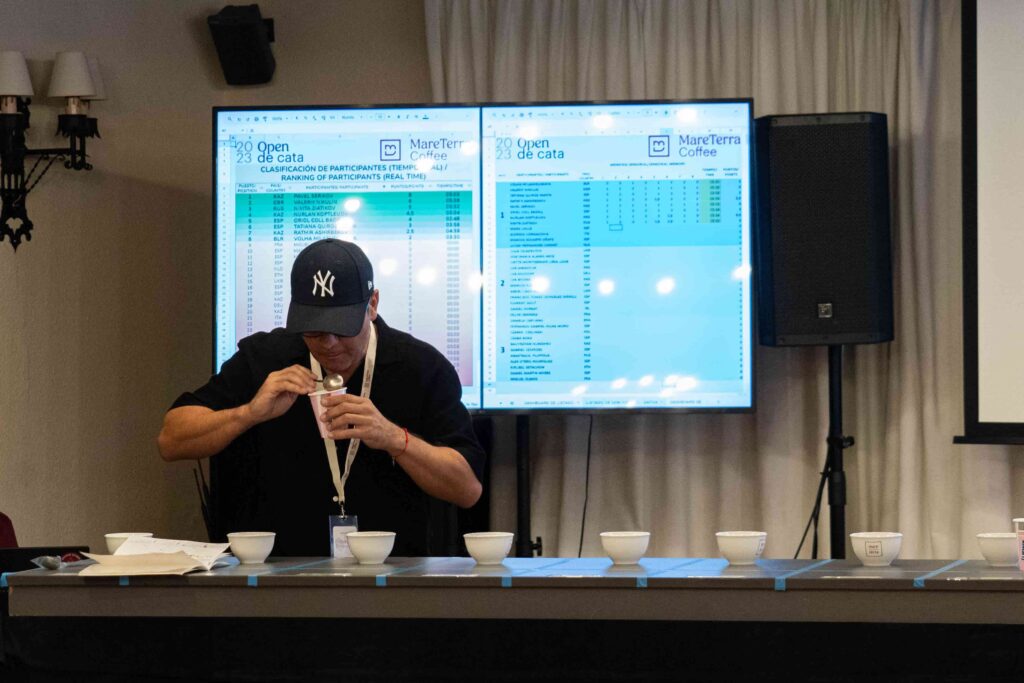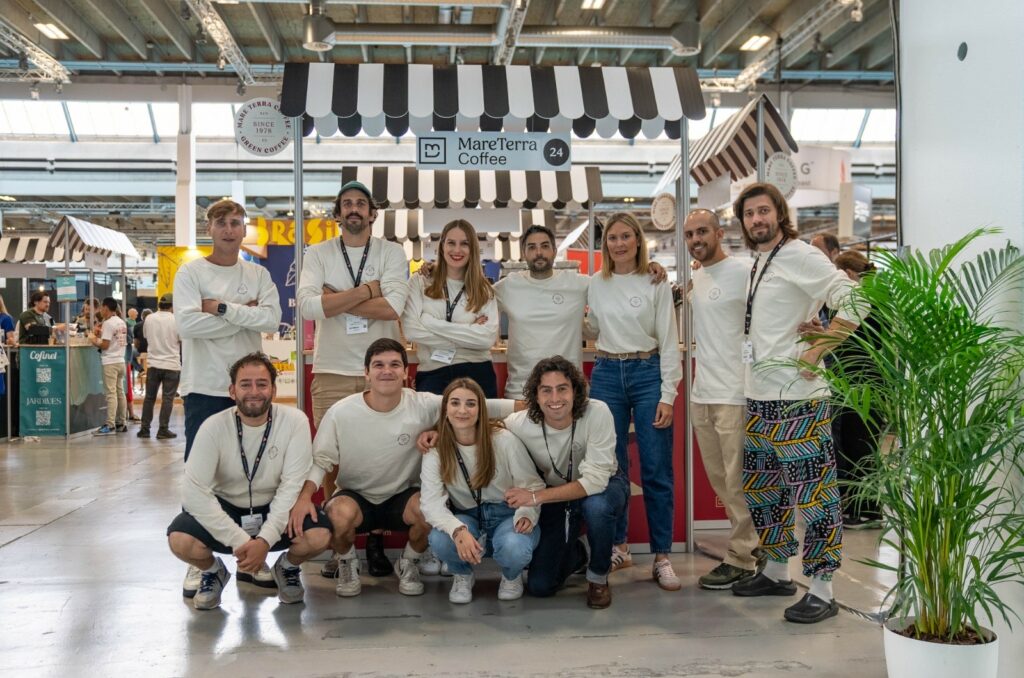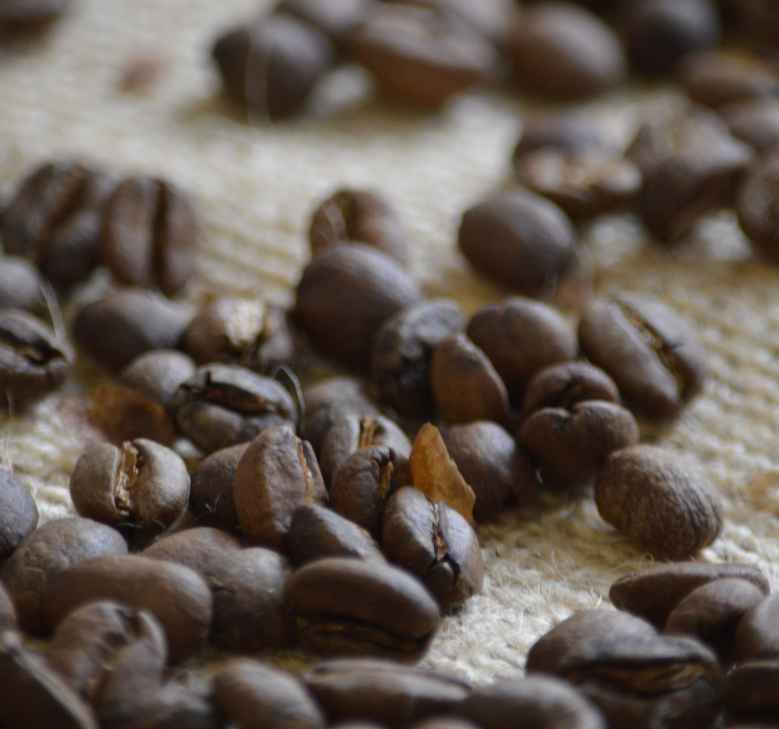Working in Ethiopia with our partners
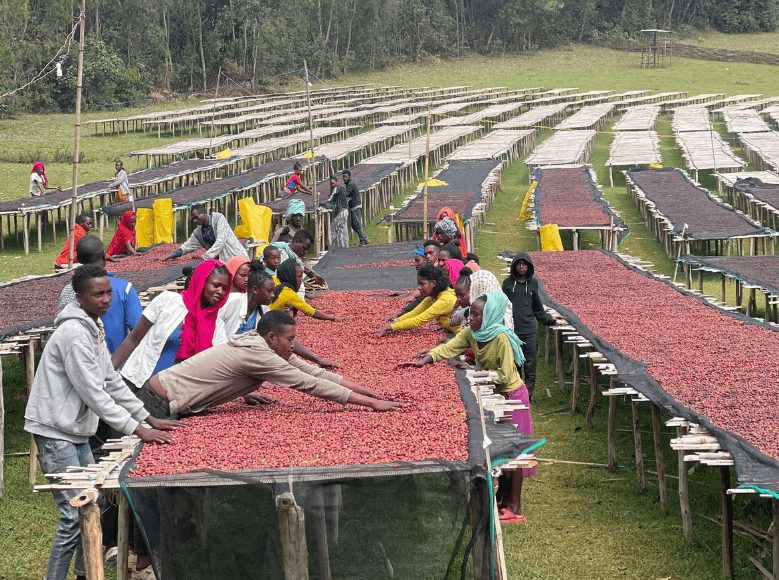
Traveling to origin is always something special for us, but traveling to the ‘origin’ of coffee itself makes for a next level trip. However, because of the pandemic and the ongoing civil war, our return to Ethiopia has had a three year long wait between visits, and so we were more than ready to be reuniting with our partners again in December of 2022.
Our goal for this trip was the same we had for our trip to Kenya: to develop new recipes together with our partners. As always, our goal is to visit and work in the Coffee Farms and Washing Stations to improve quality and control in all processes. This way we make sure to have an excellent production.
First on our itinerary after leaving the capital, was to make our way to Dilla Zuria in Gedeo or more famously known in the coffee world as YirgaCheffe. It is here the cherries that make up our Nihal lots are sourced and processed by our partners at the Gola Washing Station. The washing station is responsible for receiving, sorting, selecting and processing the cherries of the almost 2000 small farm holders in the Dilla Zuria region, making it a vital partner in the supply chain.
On our arrival we were welcomed with great enthusiasm by Asfarachew Teshome and his team. Even though we had already been working on our Nihal lots together in the previous years, this was our first visit to the washing station, so we were eager to get our hands dirty and get some fermentation happening.
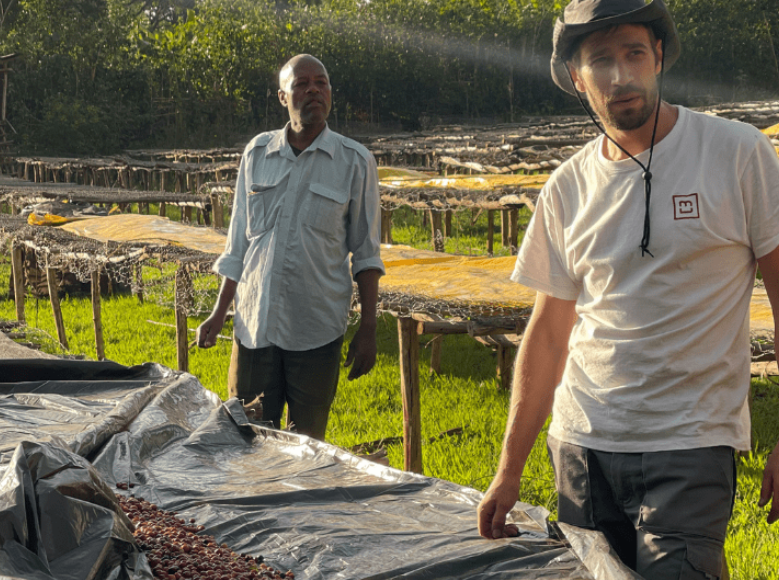
This year to facilitate more even fermentations, we installed a 1000 liter tank for our modern process anaerobic sleeping bag recipes. It was a full team effort to source the materials necessary and to put it all together. And when it was finished and filled with cherries, it was music to the ears to hear the gurgling it made in the background as we went on with our daily tasks.
Also During our stay at Dilla, great efforts and progress were made to highlight the importance of cherry selection at every stage. In general a good washing station works hand in hand with farmers to ensure the best outcomes, and Gola is no different. The farmers need to pick the cherries at just the right time and then ensure that they are able to arrive at the washing station on the same day or at the latest the next. However the high price of the cherry at the time meant some farmers were prioritizing quantity over quality. Thanks to the tireless efforts of the team, at the conclusion of every day the drying beds were only a sea of deep red cherries. So come summer 2023, we should have some amazing and expressive lots that reflect both the region and the processing behind it.
Following our work in Yirgacheffe, we continued onwards to Bensa in Sidama to reunite with one of our longest standing partners in Ethiopia, the team at Daye Bensa. Before we started the road trip south of Hawassa to Bensa, we all convened at Kenean Dukamo´s newest venture into the specialty coffee world -Dukamo Coffee- for one of the tastier flat whites on the continent. Having visited many coffee shops in my time, it is very inspiring for a coffee professional to see origin countries blend their tradition, and culture with specialty coffee.
Gatta coffee farm and washing station was where we would spend the bulk of our time while staying in Bensa. and on our first day here, we reimmersed ourselves into the preparation of our Sirius lots, and further build on our knowledge of the fermentations we implement in our signature recipes: the Natural Hidromiel Amharica (Tej) and the Natural Tellabet (Teff).
But what is Tej and Teff?
Well Tej is a deliciously sweet honey wine, and was the drink of the Kings, however these days it is enjoyed by all for almost every occasion. Teff is a cereal, and one of the staple ingredients for almost every Ethiopian dish in the form of their national bread – Injera. No trip to Ethiopia is complete without an injera to eat and a small flask of tej to wash it down. In terms of coffee processing though, both tej and teff contain different naturally occurring yeasts that we are harnessing in the fermentation of the coffee cherries before drying.
With the success of our 1000l fermenting tank at Gola washing station, we thought it would be a wasted opportunity if we didn’t implement the same at Bensa. So the following day at Gatta we did just that. We took what we had already learnt previously, and what had worked best when setting it up. So for this time we were ready to get the project up and running, and before it was even time for lunch we were ready to fill with days pickings.
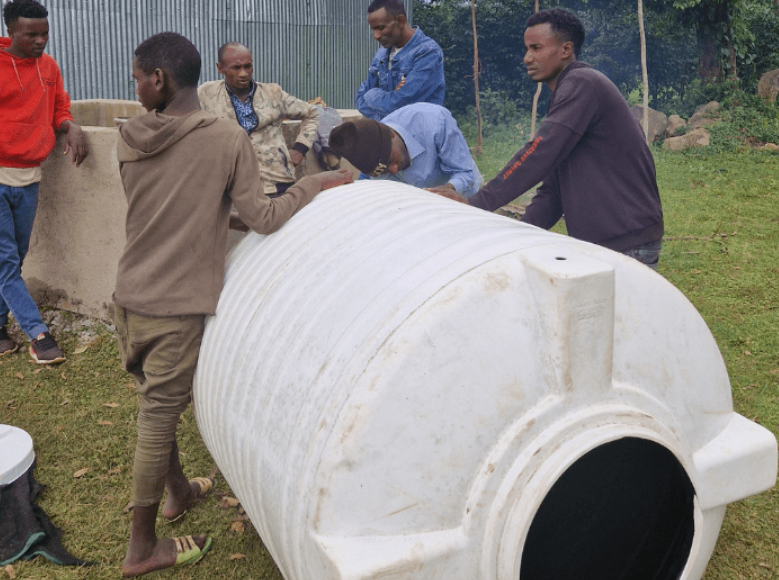
The following day we continued the visits to Abore washing station, the home of our Messier washed lots. The washing station manager Muse Beyene, happily took us around the undulating slopes of Abore. A very impressive site indeed! and well equipped for washed coffee, which was evident in the sea of pale red and yellow parchment that covered the hill side. The day concluded with a visit to a new washing station for us, Buncho. With its own waterfall and two rivers running through it, Buncho makes for a picturesque work space for Amanuel Ayele and his team and a potential new space for us and some of our avant-gard DF and XL washed coffees.
More washing station visits were the continual objective, as the trip progressed. It was imperative for us to visit with Matiyos Mandoye at Gafise Washing Station, as they are the ones responsible for the year in, year out top lots of Thor’s Helmet. Matiyos is a station manager with a wealth of knowledge and experience, and it shows not only in his coffees but in the team who supports him.
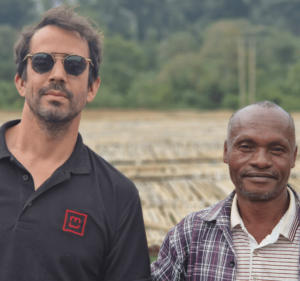 The last two washing stations we visited were Hamasho and Keramo, which were two washing stations in close proximity to one another, but yet far away from anything else. At their highest points of around 2300 masl these two washing stations have access to some of the last picked cherries of the harvest. Because of the altitude of the neighboring farmholders, the coffee trees have to work extra hard to produce the cherries. Because of such work, the cherries naturally contain higher sugar content, which you really notice in the cup at the end. Our Phurud and Muliphein coffees hail from these two stations and adjacent villages.
The last two washing stations we visited were Hamasho and Keramo, which were two washing stations in close proximity to one another, but yet far away from anything else. At their highest points of around 2300 masl these two washing stations have access to some of the last picked cherries of the harvest. Because of the altitude of the neighboring farmholders, the coffee trees have to work extra hard to produce the cherries. Because of such work, the cherries naturally contain higher sugar content, which you really notice in the cup at the end. Our Phurud and Muliphein coffees hail from these two stations and adjacent villages.
While the time spent in Ethiopia could always be longer, we really got a sense that we accomplished many of the objectives we had set ourselves (and some that we didn’t). It will be very satisfying for us when the first lot of samples start to arrive later in the spring, but if it is anything to go by with what we have seen so far then I am sure we are going to have some amazing results this year.
